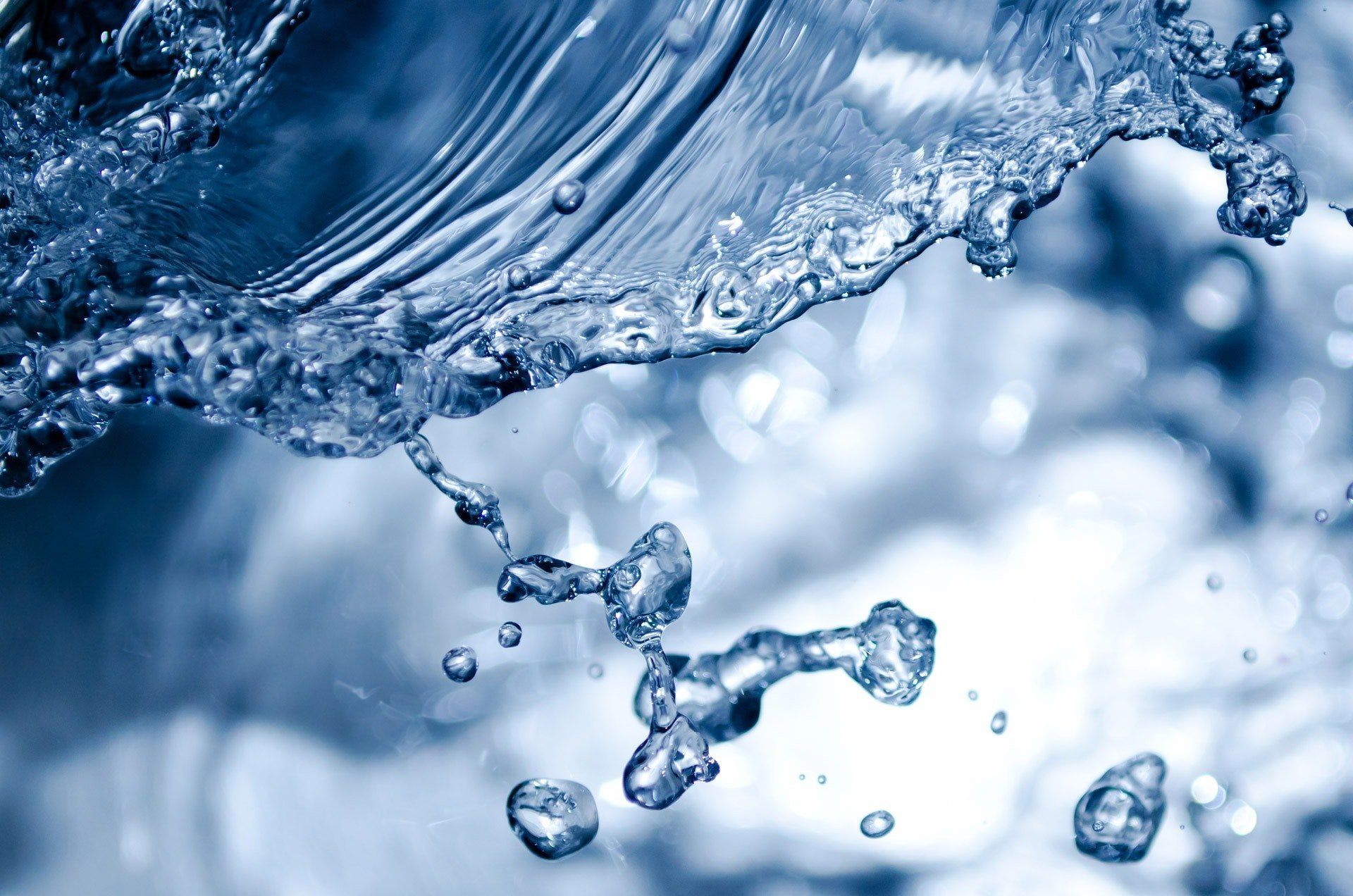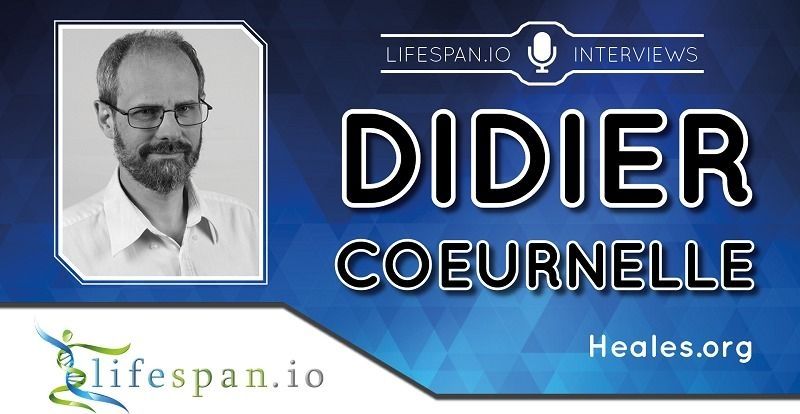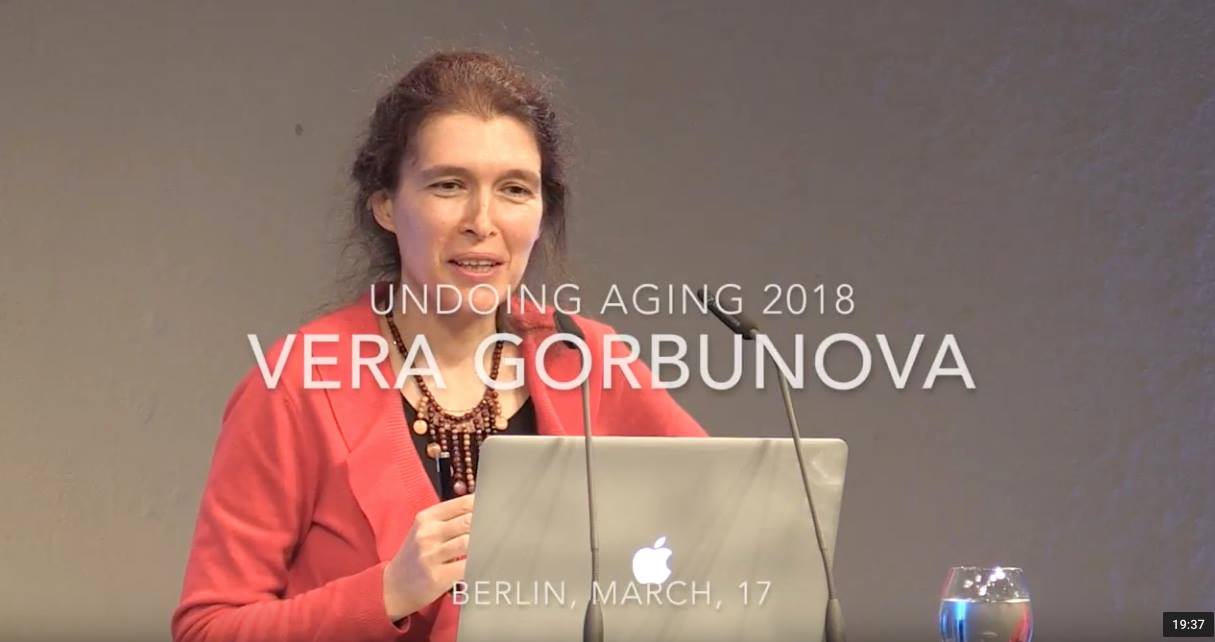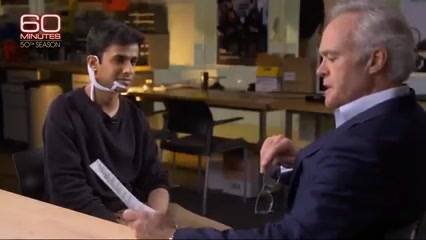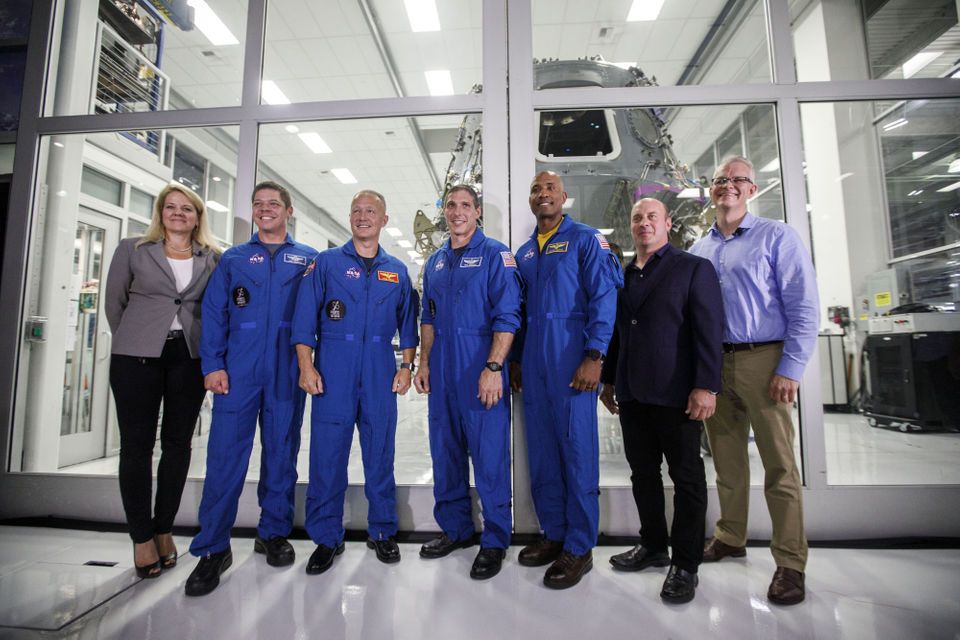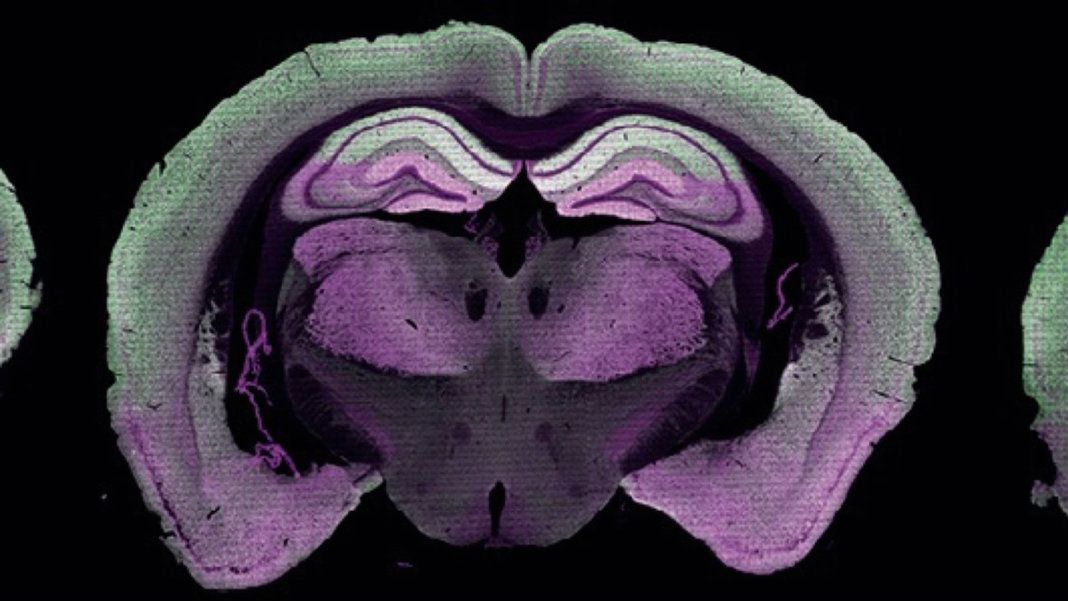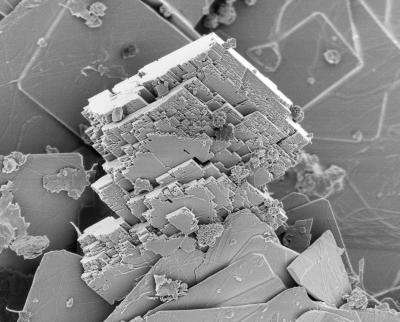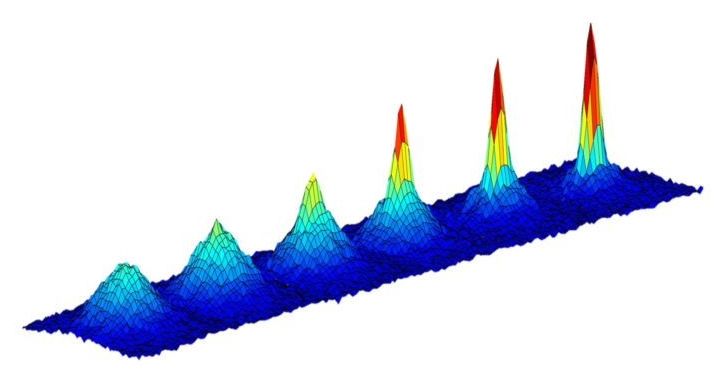Aug 15, 2018
New water-splitting technology brings clean hydrogen fuel one step closer
Posted by Bill Kemp in category: energy
In the quest for clean alternative energy sources, hydrogen is a favorite. It releases a lot of energy when burned—with a bonus: The major byproduct of burning hydrogen is pure water.
The big obstacle has been getting pure hydrogen in sufficient quantity to burn. So scientists are studying hydrogen evolution reactions, or HERs, a type of water-splitting technology in which electrodes, covered with catalytic materials, are inserted into water and charged with electricity. The interaction of the electricity, the catalysts and the water produce hydrogen gas—a clean fuel—and clean, breathable oxygen.
Alas, there is a problem: At present, electrodes must be coated with precious, expensive metals, most notably platinum.
Continue reading “New water-splitting technology brings clean hydrogen fuel one step closer” »
